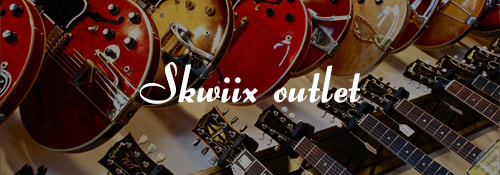Trumpet - Buying tips & guidelines

if buying for a child, you must ascertain if they are physically big enough to cope with the instrument's weight. Certainly, starting at an early age on an instrument pays dividends; however, nothing is worse than your child being put off from learning through physical struggle. In particular, for a small child, the Trumpet is quite "long" with the (not inconsiderable) weight of the instrument held (entirely by the arms) quite a way from the body.
This is hard work, makes practising tiring and can lead to bad posture and consequently poor technique that can, in turn, hinder progress – causing further reasons not to continue.
For many younger children (say, nine or below), the Cornet offers an easier physical introduction to Trumpet playing. From a technique and repertoire perspective, the Instruments are the same for a beginner, so if you can play one, you can play the other. The advantage of the Cornet from the perspective of a younger player is that it is a more compact instrument – which is held closer to the body – making the physical strains of holding the instrument considerably easier.
Another approach is to consider a plastic instrument (Trumpet or Cornet). High-quality plastic Trumpets can produce a similar sound quality and pitch to traditional instruments but offer significant advantages for the student player over conventional instruments:
The longer-term choice between a Trumpet and Cornet depends on your musical taste. Suppose you like rousing orchestral works or a bit of Big Band. In that case, the Trumpet will always be your best option, but if you prefer the distinctive sound of a good old traditional Brass Band, then the Cornet is the one for you. It is worth noting that it doesn't have to be an either/or choice; many top players will be proficient in both, although generally, they will have one as their primary instrument.
This is hard work, makes practising tiring and can lead to bad posture and consequently poor technique that can, in turn, hinder progress – causing further reasons not to continue.
For many younger children (say, nine or below), the Cornet offers an easier physical introduction to Trumpet playing. From a technique and repertoire perspective, the Instruments are the same for a beginner, so if you can play one, you can play the other. The advantage of the Cornet from the perspective of a younger player is that it is a more compact instrument – which is held closer to the body – making the physical strains of holding the instrument considerably easier.
Another approach is to consider a plastic instrument (Trumpet or Cornet). High-quality plastic Trumpets can produce a similar sound quality and pitch to traditional instruments but offer significant advantages for the student player over conventional instruments:
- Around half the weight (500g)
- Robust and "dent-proof."
- Fun looking
- Sounds as good as a traditional Instrument
- Affordable – cheaper than a conventional instrument
The longer-term choice between a Trumpet and Cornet depends on your musical taste. Suppose you like rousing orchestral works or a bit of Big Band. In that case, the Trumpet will always be your best option, but if you prefer the distinctive sound of a good old traditional Brass Band, then the Cornet is the one for you. It is worth noting that it doesn't have to be an either/or choice; many top players will be proficient in both, although generally, they will have one as their primary instrument.
